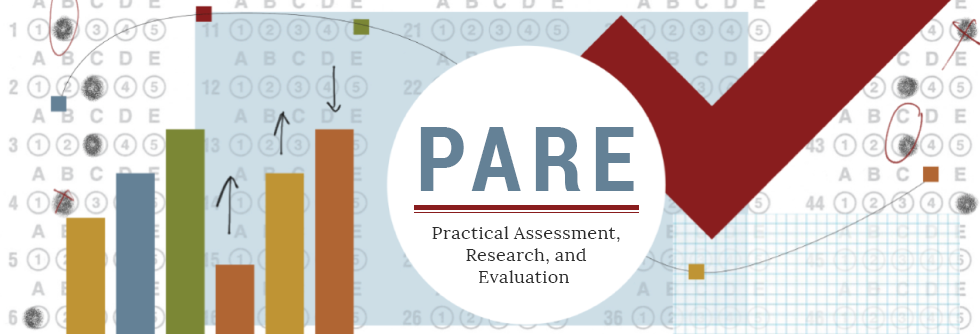What is your teacher rubric? Extracting teachers’ assessment constructs
DOI
https://doi.org/10.7275/m3sa-p692
Abstract
Rubrics not only document the scales and criteria of what is assessed, but can also represent the assessment construct of the developer. Rubrics display the key assessment criteria, and the simplicity or complexity of the rubric can illustrate the meaning associated with the score. For this study, five experienced teachers developed a rubric for an EFL (English as a Foreign Language) descriptive writing task. Results show that even for the same task, teachers developed different formats and styles of rubric with both similar and different criteria. The teacher rubrics were analyzed for assessment criteria, rubric type and scale type. Findings illustrate that in terms of criteria, all teacher rubrics had five areas in common: comprehension, paragraph structure, sentence structure, vocabulary, and grammar. The criteria that varied were mechanics, length, task completion, and self-correction. Rubric style and scales also were different among teachers. Teachers who valued global concerns (i.e., comprehension) in writing designed more general holistic rubrics, while teachers who focused more on sentence-level concerns (i.e., grammar) developed analytic rubrics with more details. The assessment construct of the teacher was shown in the rubric through assessment criteria, rubric style, and scale. Accessed 7,170 times on https://pareonline.net from March 20, 2015 to December 31, 2019. For downloads from January 1, 2020 forward, please click on the PlumX Metrics link to the right.
Creative Commons License

This work is licensed under a Creative Commons Attribution-NonCommercial-No Derivative Works 4.0 International License.
Recommended Citation
Jeong, Heejeong
(2019)
"What is your teacher rubric? Extracting teachers’ assessment constructs,"
Practical Assessment, Research, and Evaluation: Vol. 20, Article 6.
DOI: https://doi.org/10.7275/m3sa-p692
Available at:
https://scholarworks.umass.edu/pare/vol20/iss1/6
